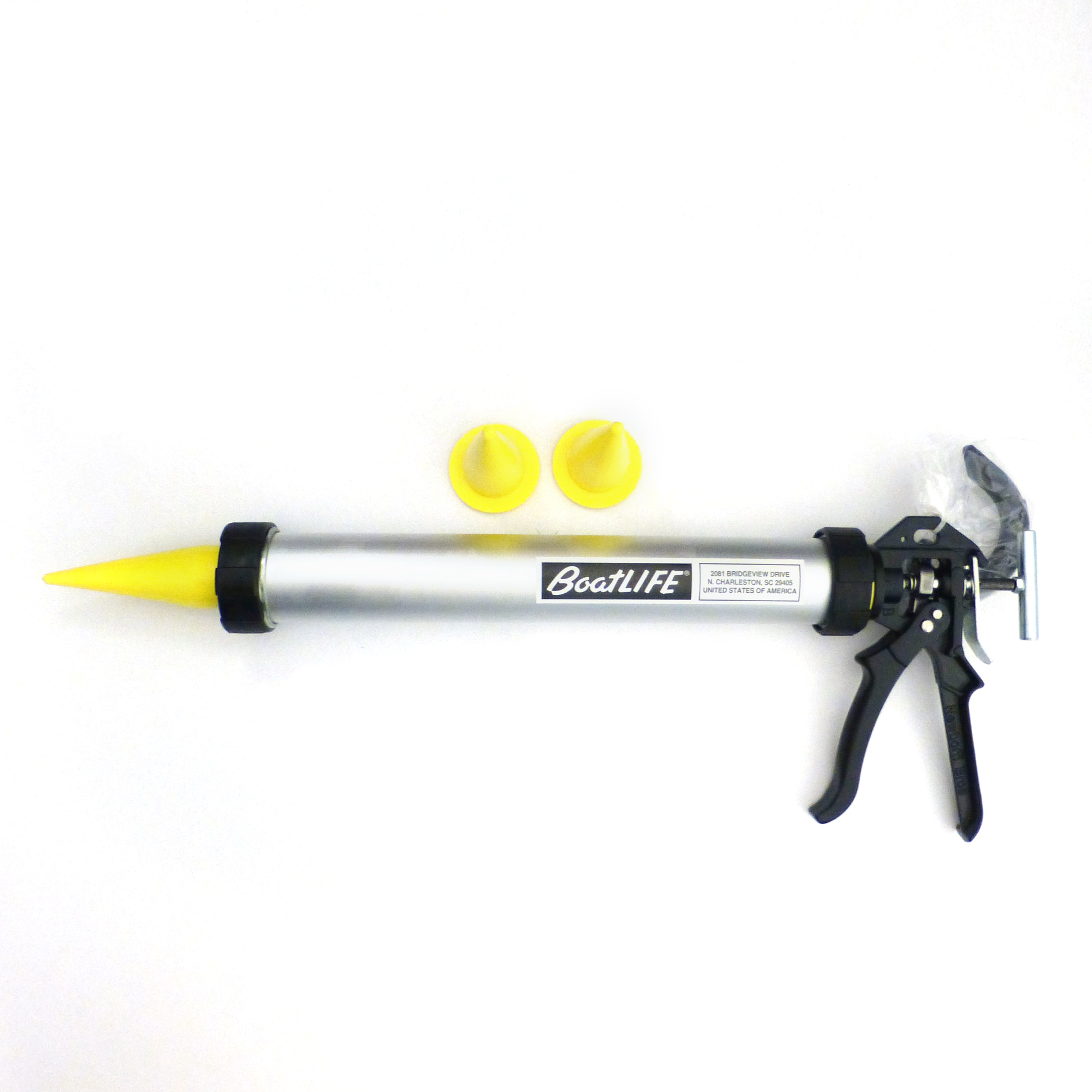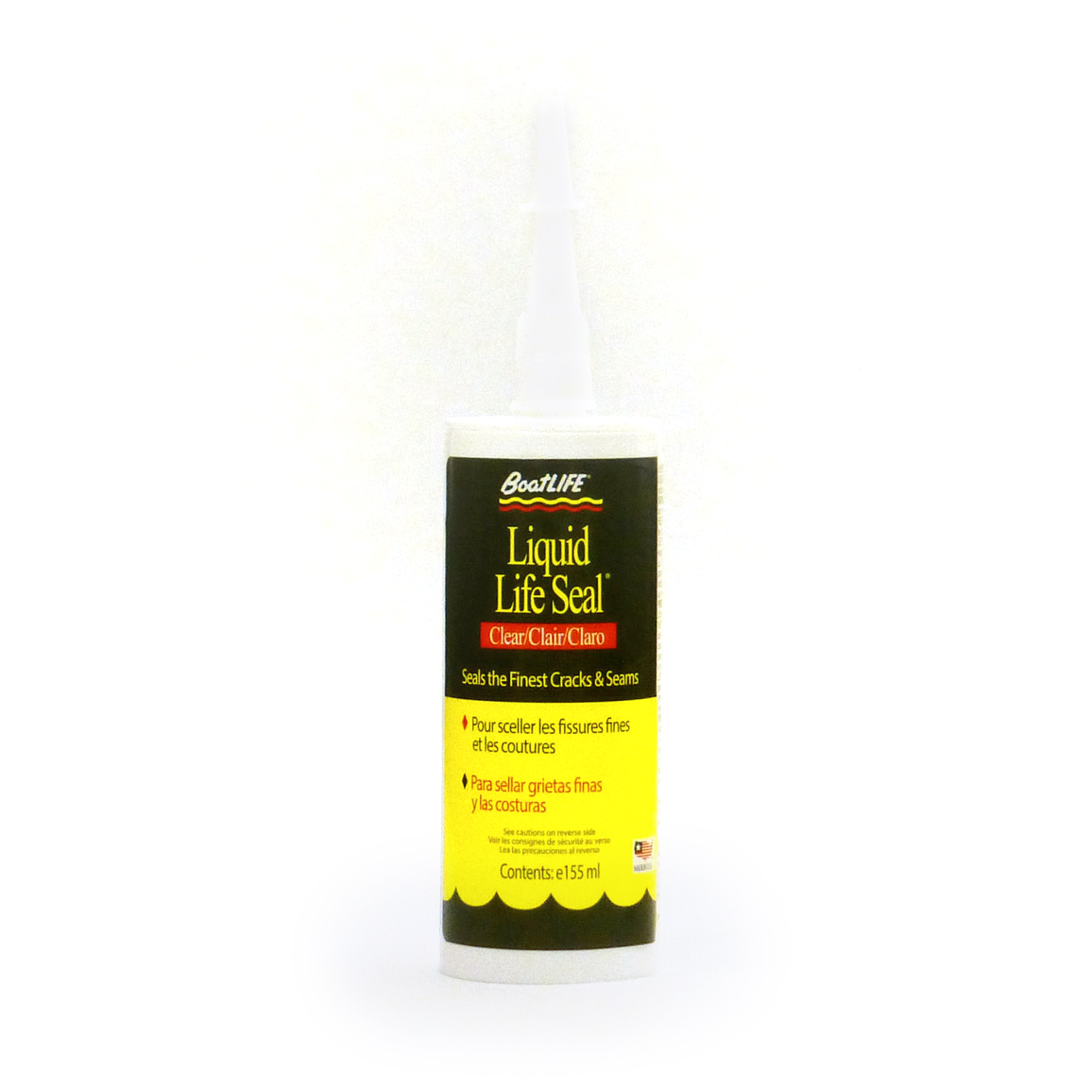
Fiberglass boats contain marine grade plywood or balsa wood at their core. Both are durable materials, but they are not completely waterproof. This means that the wood can rot if not cared for properly. Here are three easy steps you can take to identify rot on you boat:
Inspection
Inspect the exterior and interior of your boat. Thoroughly look at its flooring, the transom, around all fixtures, the deck, and any other surface for signs of decay. Notice if there is any discoloration going on as that could be an indication that there is something off below the surface. Inspect the flooring. If you notice any sagging or giving, that could be your indicator of rot below. Inspect the transom for any warning signs of rot. Push down on the motor and if the transom gives, that could be a sign that there is rot going on behind the surface. If you notice dirty water seeping out when you remove any bolts or screws, especially around the transom, that is also an indication that rotting wood is present.
Lastly, use your nose to identify rot! If you smell funky sunbathed mushrooms and sweaty football gear mixed with mothballs, let that be your clue. As always, the inspection test can only go so far, so best to have your watercraft looked at by a professional if you think you’ve identified rot.
Hammer Test
You don’t necessarily need a hammer, but any hard object will do. To identify rot, use a hard object to pound on surfaces that are susceptible to water and listen. If it sounds “hollow” or like a “dead spot,” that could be a good indicator of rot below the surface. Once you find a spot, lightly pick at it using a knife or a type of scraper or ice pick for further inspection. If you find rot at the wood’s core, then let it dry out completely before you begin repairs. BoatLIFE’s “Git”-Rot two-step system is a liquid epoxy that works wonders to repair substrates, without having to remove the rotted fibers! Once fully cured, “Git”-Rot will bring the original strength back to your wood. It also works well on fiberglass RVs. Check out our sister site RVbyLIFE for availability. Also, be sure to read our blog All About “Git”-Rot to learn more.
Drill Test
Last but not least, the drill test is one of the surefire ways to identify rot in your boat after tapping with a hammer or hard object to find the soft spots in the substrates. Then, using a hand drill, drill a small hole through the fiberglass. If it pushes the wood down easily, rot is present. If not, then you’re in the clear.
Remember, if you do identify rot, you will need to go to a boat repair shop in order to maintain the integrity of its structure. Don’t risk putting your investment at stake! Check out our blogs on Dry Rot Repair and How to Fix a Rotten Transom BoatLIFE for more information.
BoatLIFE’s portfolio of high-quality boat repair, boat maintenance, boat cleaners, and boat restoration products can assist in restoring the integrity of your boat’s wood in the event that you identify rot.





